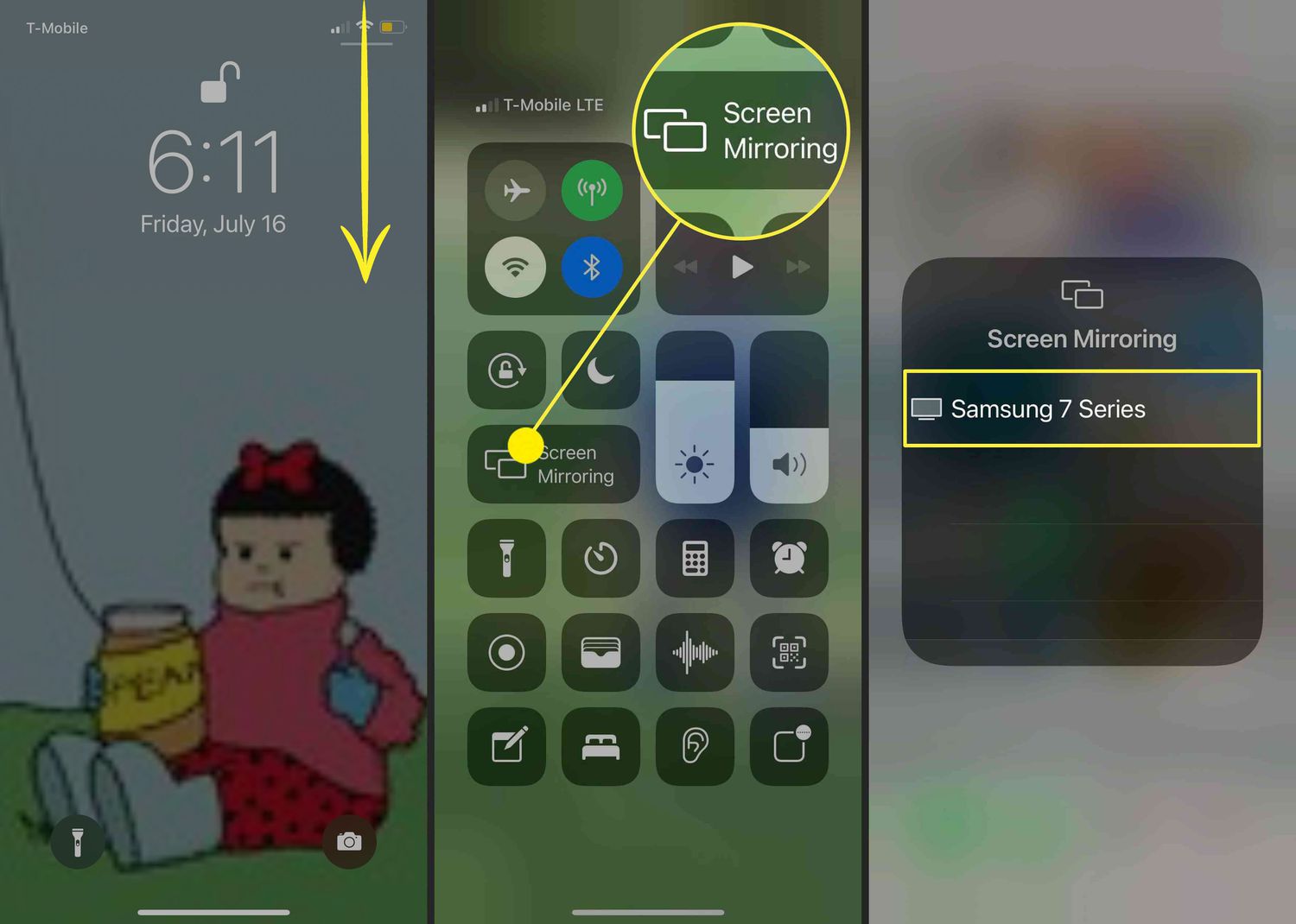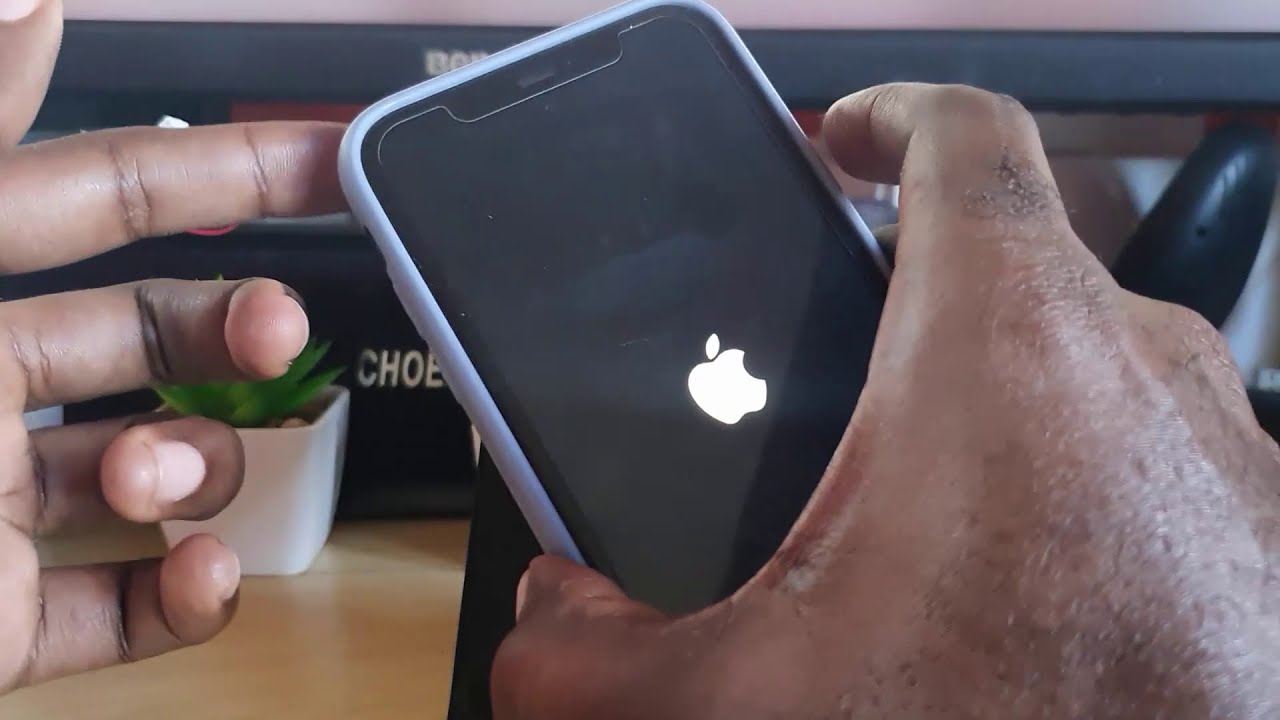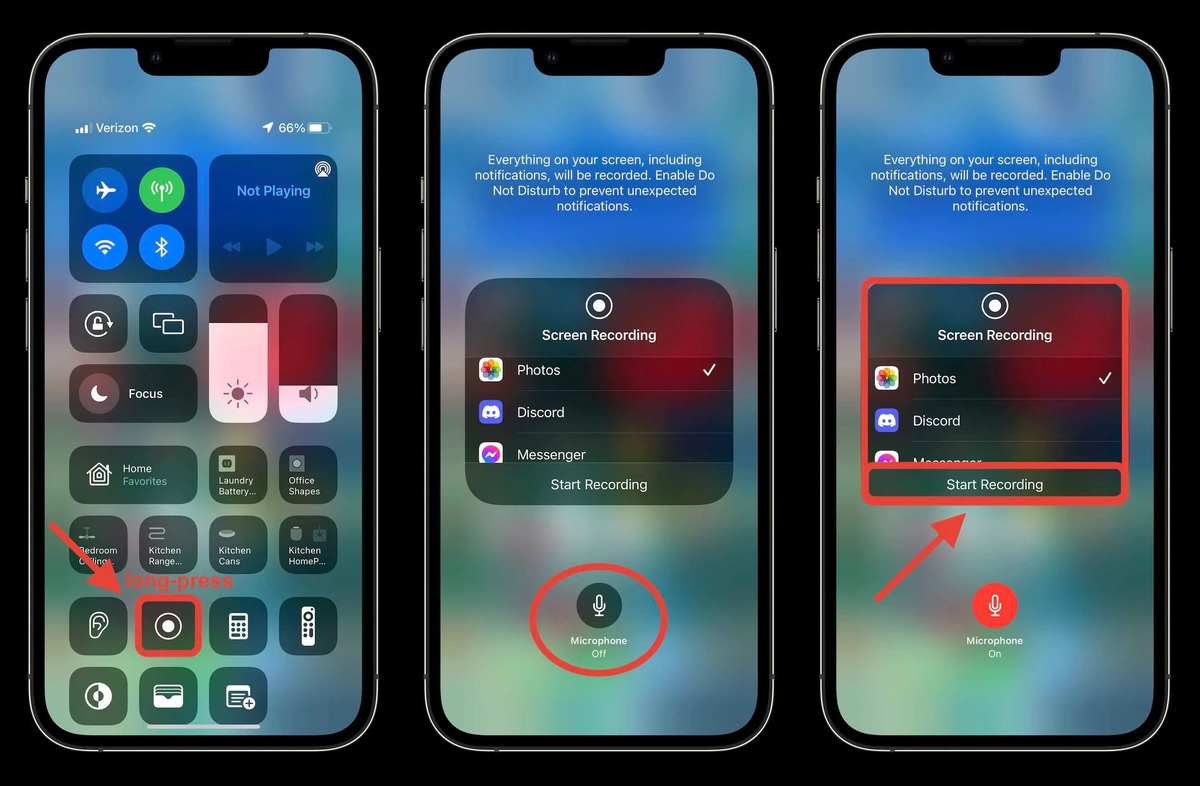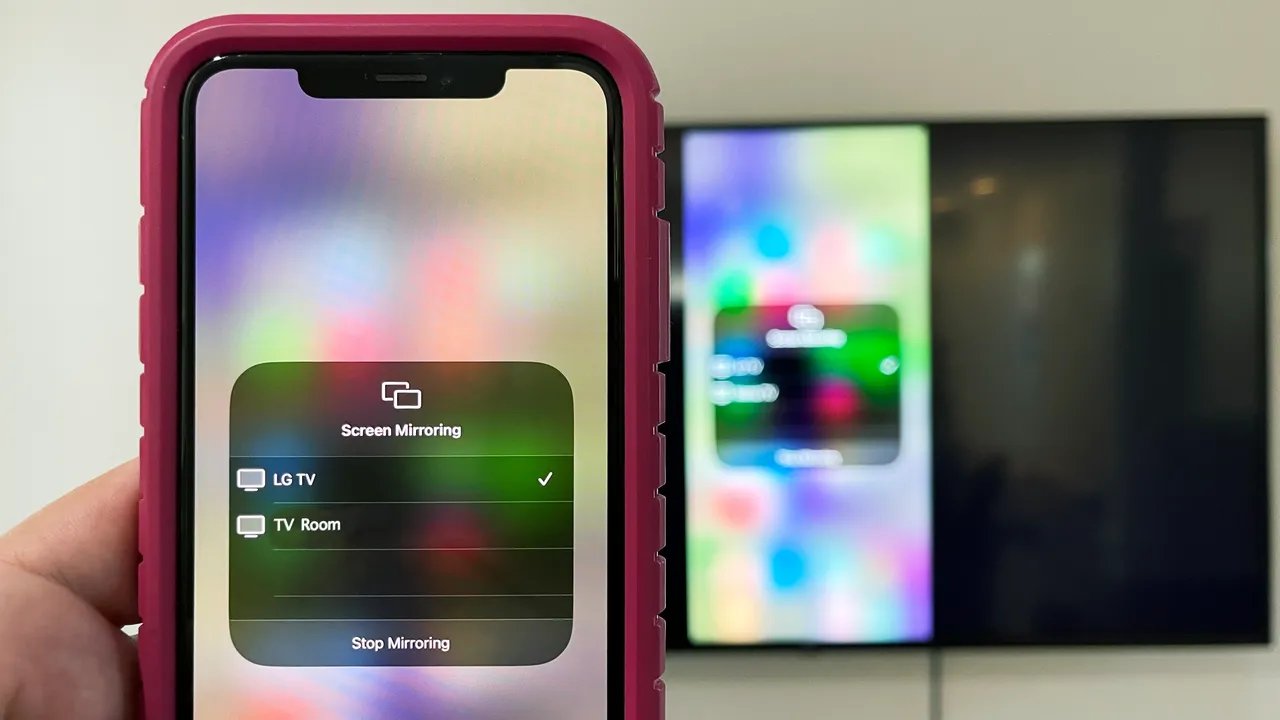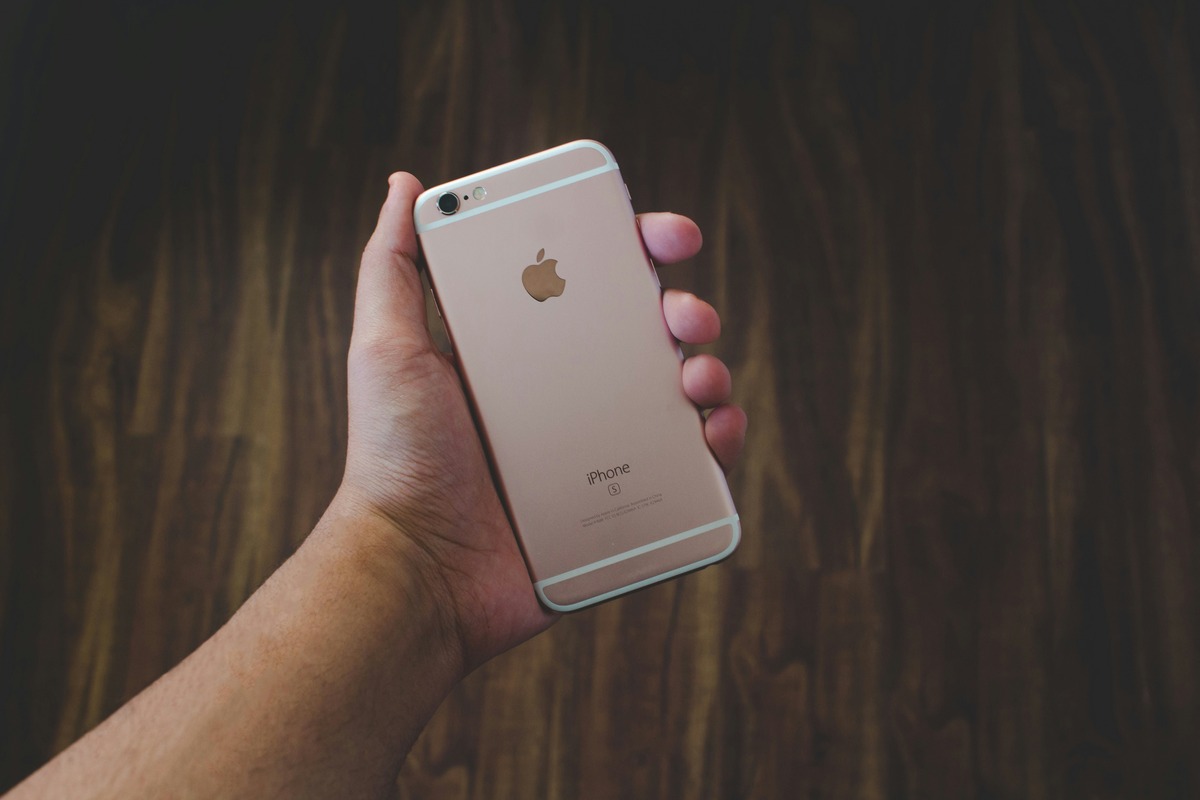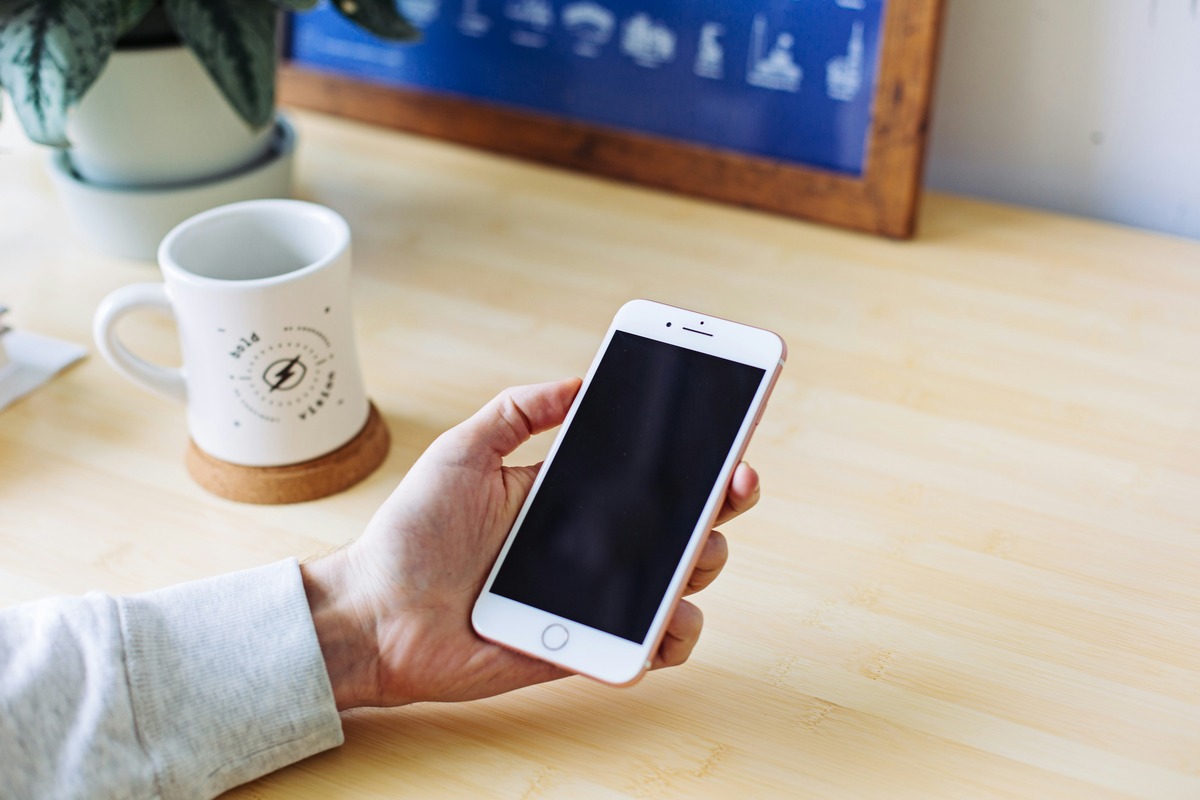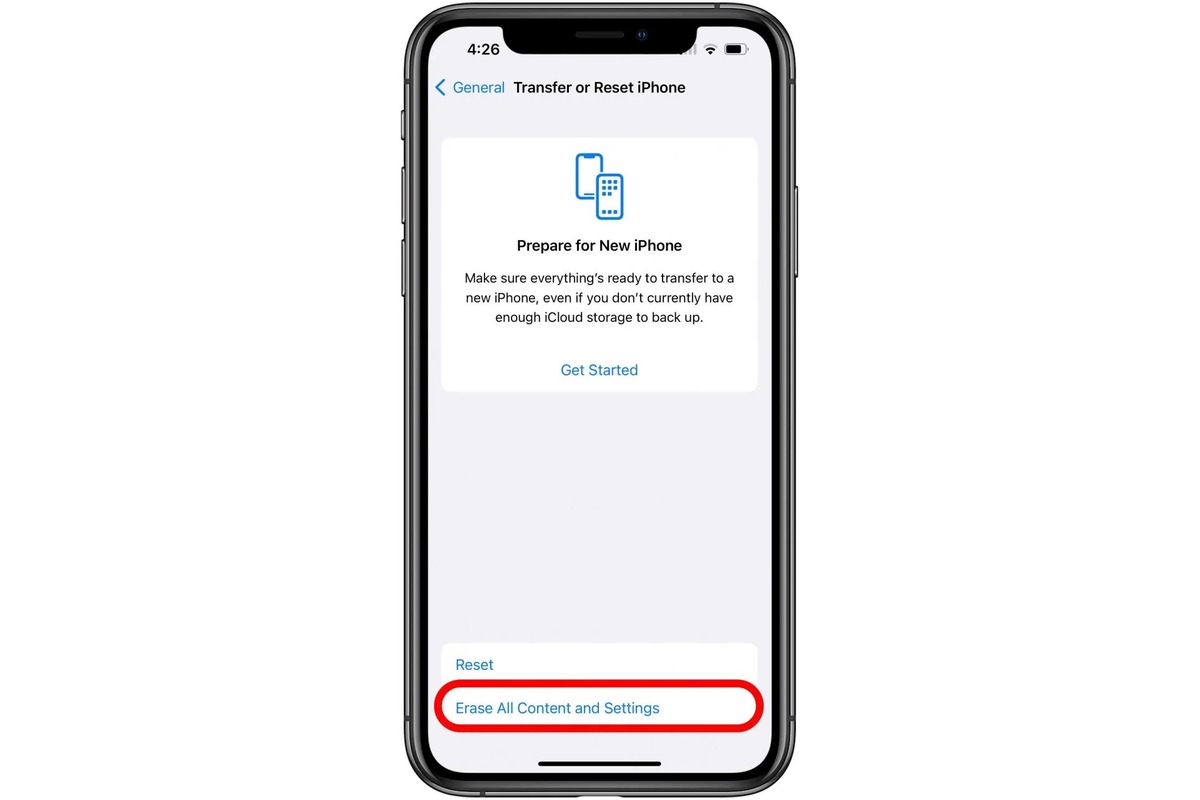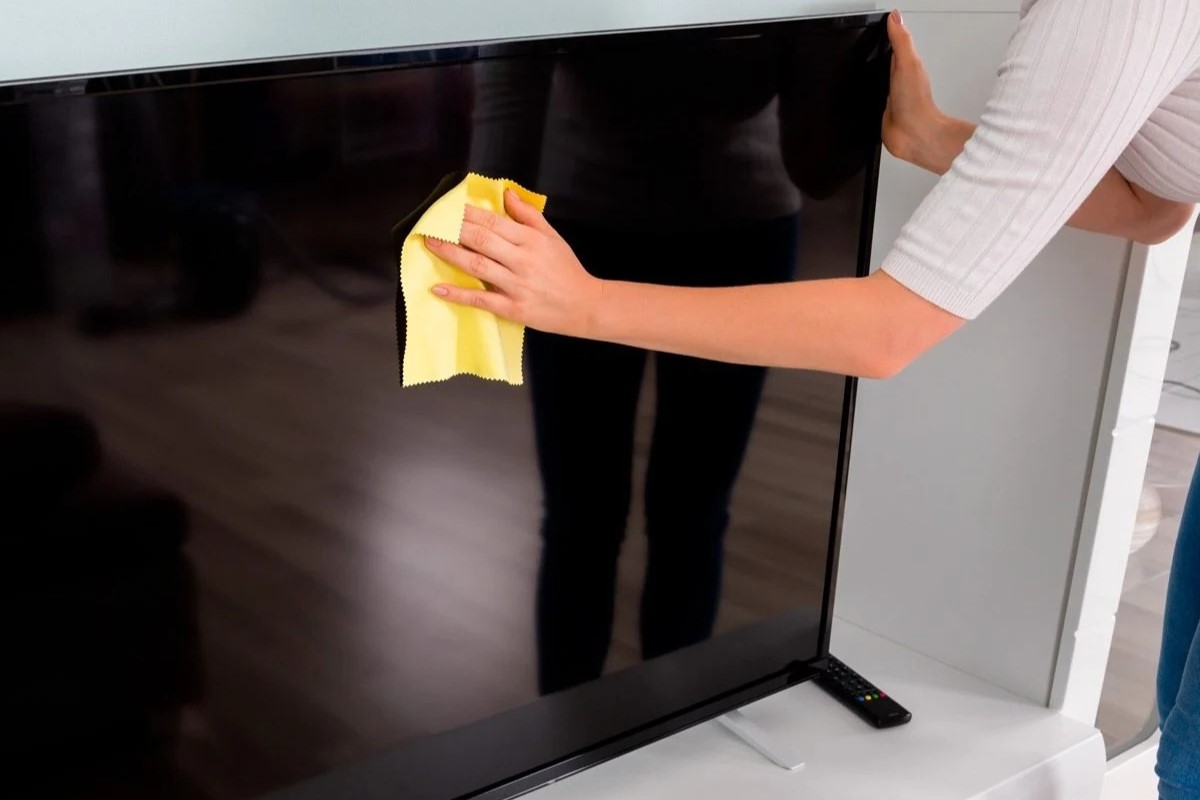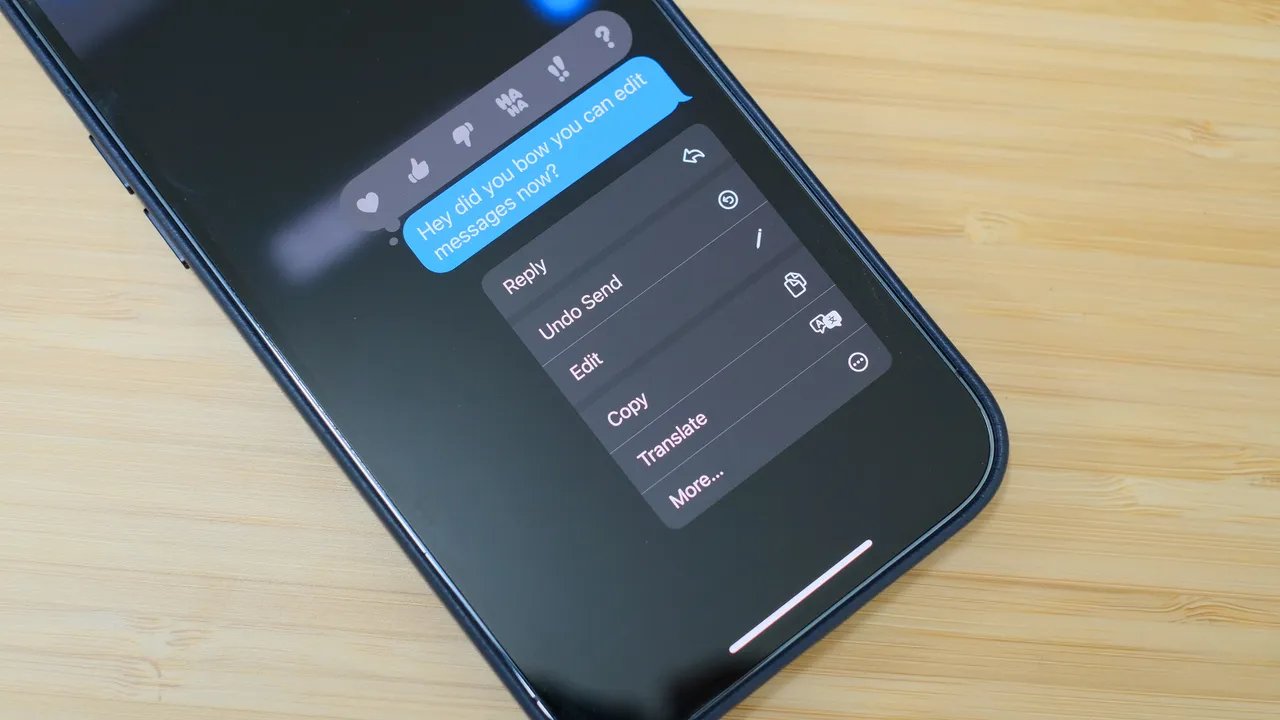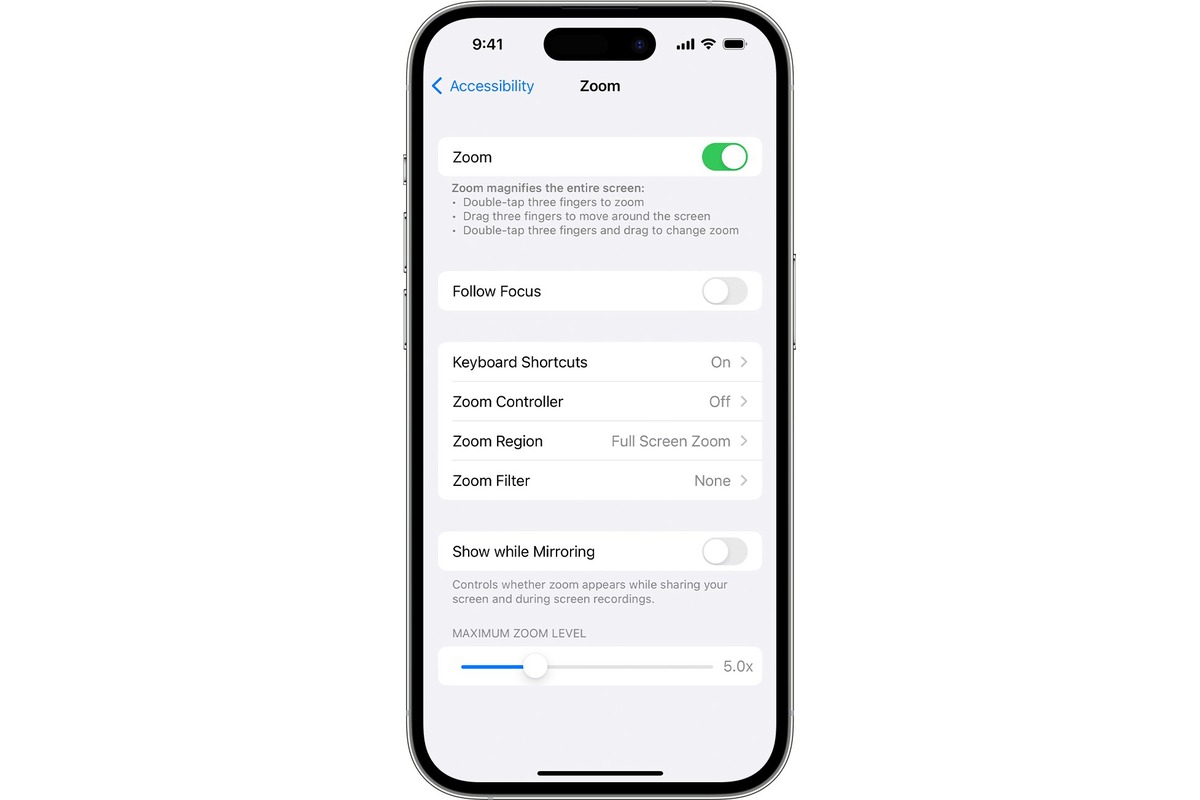Home>Technology and Computers>How To Keep Screen On IPhone
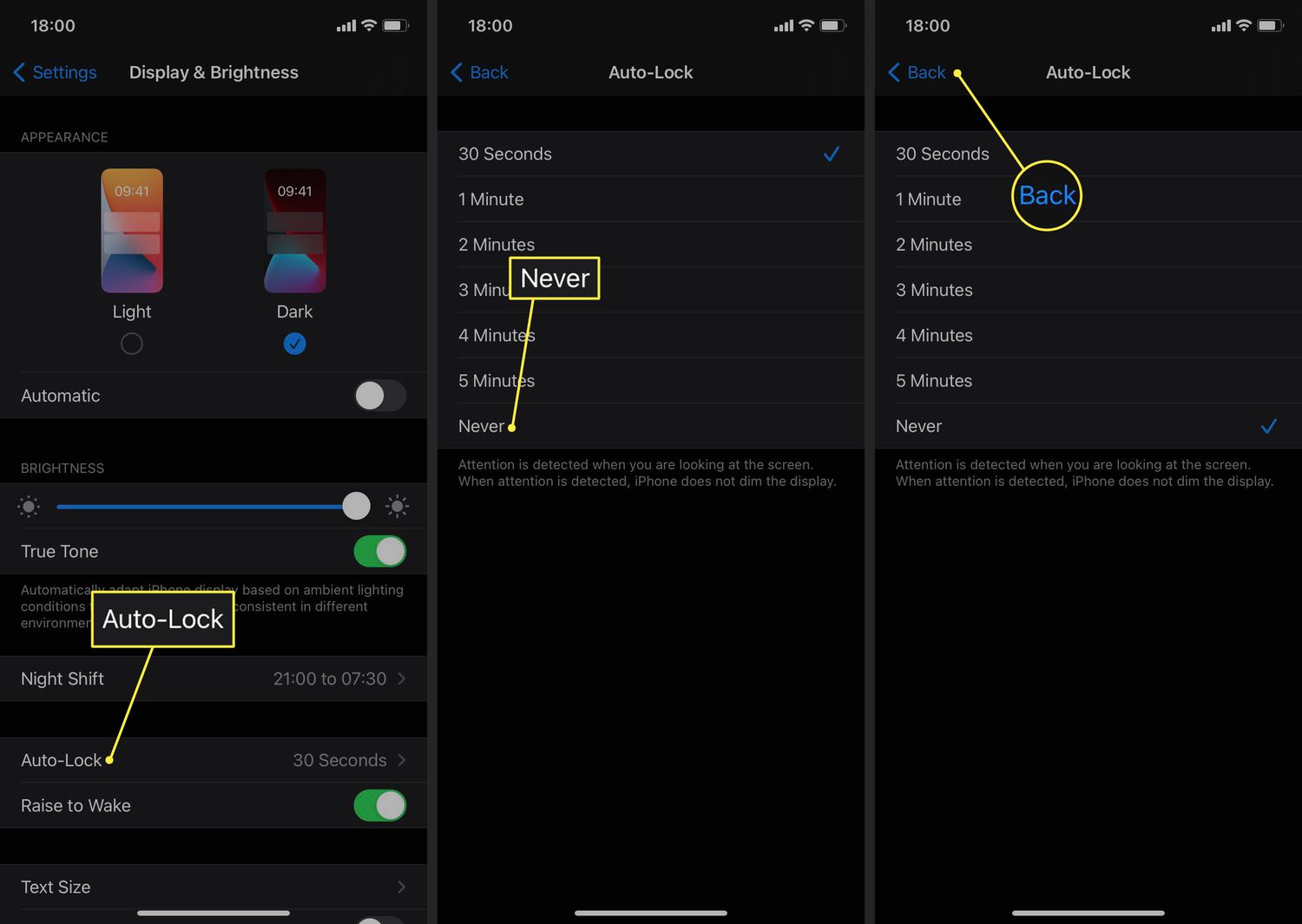

Technology and Computers
How To Keep Screen On IPhone
Published: March 6, 2024
Learn how to keep the screen on your iPhone and prevent it from dimming or locking. Discover simple tips and tricks for managing your device's display settings.
(Many of the links in this article redirect to a specific reviewed product. Your purchase of these products through affiliate links helps to generate commission for Noodls.com, at no extra cost. Learn more)
Table of Contents
Introduction
Keeping the screen on your iPhone can be essential in various situations, whether you're reading a lengthy article, following a recipe, or using an app that requires constant interaction. However, the default Auto-Lock feature on iPhones automatically turns off the screen after a set period of inactivity, which can be inconvenient at times. Fortunately, there are several methods to keep the screen on for extended periods without constantly tapping the display.
In this article, we will explore different techniques to prevent your iPhone screen from locking automatically. From adjusting the Auto-Lock settings to utilizing specific apps and features, we will cover various approaches to cater to different preferences and needs. Whether you're looking for a quick solution or a more customizable method, you'll find the right approach to keep your iPhone screen on when you need it the most.
Let's delve into the details of each method, providing you with the knowledge and tools to ensure that your iPhone screen stays on when you want it to. Whether you're a casual user seeking convenience or a professional looking to optimize your workflow, these techniques will empower you to make the most of your iPhone's display without interruptions.
Read more: How To Lock Screen On IPhone
Adjusting Auto-Lock Settings
One of the simplest and most effective ways to control your iPhone's screen auto-lock behavior is by adjusting the Auto-Lock settings. This feature allows you to set a specific duration before the screen automatically turns off when the device is idle. By customizing this setting, you can ensure that your iPhone screen remains active for a longer period, catering to your individual preferences and usage scenarios.
To adjust the Auto-Lock settings on your iPhone, follow these steps:
-
Accessing Auto-Lock Settings: Open the "Settings" app on your iPhone and navigate to "Display & Brightness" or "Display & Sounds," depending on your iOS version.
-
Locating Auto-Lock: Within the display settings, look for the "Auto-Lock" option. This setting allows you to choose the duration of inactivity before the screen automatically locks.
-
Selecting a Duration: Tap on the "Auto-Lock" option to reveal a list of available durations, ranging from 30 seconds to 5 minutes, as well as "Never." Choose the desired duration that aligns with your usage patterns and preferences.
By adjusting the Auto-Lock settings to a longer duration or selecting "Never," you can effectively keep your iPhone screen on for extended periods without it automatically locking. This is particularly useful when you need continuous access to the display, such as when reading lengthy articles, following instructional videos, or using certain apps that require sustained interaction.
It's important to note that while keeping the screen on for extended periods can be beneficial in certain situations, it may also impact battery life. Therefore, it's advisable to strike a balance between screen visibility and battery conservation based on your specific needs.
By customizing the Auto-Lock settings, you can tailor your iPhone's screen behavior to suit your individual requirements, ensuring that it remains active for as long as you need it without interruptions. This simple yet powerful feature empowers you to take control of your device's display behavior, enhancing your overall user experience and productivity.
Adjusting the Auto-Lock settings is just one of the many ways to manage your iPhone's screen behavior. In the following sections, we will explore additional methods and features that offer alternative approaches to keeping your iPhone screen on when needed. Whether you prefer a more hands-on approach or seek specialized features, there are various options to cater to your specific requirements and preferences.
Using AssistiveTouch
AssistiveTouch is a valuable accessibility feature on iPhones that offers a convenient way to interact with the device, especially for individuals with motor skill challenges or those seeking alternative methods of navigation. However, it can also be leveraged to keep the screen on for extended periods, providing a practical solution for users who require continuous access to their iPhone display.
To utilize AssistiveTouch for keeping the screen on, follow these steps:
-
Enabling AssistiveTouch: Access the "Settings" app on your iPhone, navigate to "Accessibility," and select "Touch." Then, toggle the "AssistiveTouch" option to enable it. Once activated, a virtual floating button will appear on the screen, providing quick access to various functions.
-
Customizing AssistiveTouch: After enabling AssistiveTouch, you can customize its functionality by configuring the virtual button to perform specific actions. This includes setting it to simulate screen interactions, such as tapping or swiping, which can prevent the screen from locking due to inactivity.
-
Using Virtual Interactions: With AssistiveTouch enabled and customized, you can utilize the virtual button to simulate interactions with the screen, effectively preventing it from locking. By periodically tapping the virtual button or performing designated gestures, you can maintain screen activity without physical touch, catering to scenarios where continuous display access is necessary.
By leveraging AssistiveTouch in this manner, users can effectively keep their iPhone screen on for extended periods, ensuring uninterrupted access when engaging with content, using specific apps, or requiring continuous visibility. This approach provides a practical solution for individuals who may have difficulty with traditional touch interactions or those seeking an alternative method to maintain screen activity.
It's important to note that while AssistiveTouch offers a versatile solution for keeping the screen on, it's primarily designed as an accessibility feature to enhance user interaction. Therefore, its application for screen retention aligns with its core functionality, providing an innovative approach to address the diverse needs of iPhone users.
In addition to its screen retention capabilities, AssistiveTouch offers a range of features to streamline device interaction, including customizable gestures, quick access to essential functions, and support for diverse user preferences. Whether used for accessibility purposes or screen management, AssistiveTouch exemplifies Apple's commitment to inclusive design and user empowerment.
In the subsequent sections, we will explore additional methods and features that offer alternative approaches to keeping your iPhone screen on when needed. Each approach presents unique benefits and considerations, catering to a diverse range of user requirements and preferences.
Using Specific Apps
Utilizing specific apps to keep your iPhone screen on can offer tailored solutions for various usage scenarios, providing enhanced control and flexibility. While the default settings and accessibility features offer fundamental screen retention options, certain apps are designed to address specific needs, offering advanced functionality and customization to cater to diverse user preferences.
One notable category of apps that facilitate screen retention is the group of utilities specifically developed to prevent screen auto-lock. These apps typically offer features that override the default Auto-Lock settings, allowing users to keep the screen on for extended periods without manual intervention. By leveraging these dedicated utilities, users can ensure continuous screen visibility based on their specific requirements, whether it's for reading, watching videos, or using interactive applications.
Additionally, certain multimedia and productivity apps incorporate built-in settings or functionalities to prevent the screen from locking during active usage. For example, video streaming platforms and e-book readers often include options to disable screen auto-lock while the content is being viewed or read, ensuring uninterrupted engagement without the screen timing out.
Furthermore, specialized tools designed for presentations, remote access, or monitoring purposes often feature screen retention capabilities to accommodate professional and productivity-driven use cases. These apps are engineered to maintain screen visibility during critical tasks, such as delivering presentations, controlling remote devices, or monitoring real-time data, ensuring seamless operation without interruptions.
By leveraging specific apps tailored to their intended purposes, users can effectively keep their iPhone screen on when engaging with diverse content and applications, aligning with their individual preferences and usage patterns. Whether it's for leisure, productivity, or professional tasks, these apps offer targeted solutions to address the need for prolonged screen activity, enhancing the overall user experience and usability of the iPhone.
In summary, utilizing specific apps to keep the iPhone screen on provides a nuanced approach to screen retention, offering tailored solutions for various usage scenarios. Whether through dedicated utilities designed to override default settings, built-in functionalities within multimedia and productivity apps, or specialized tools for professional tasks, these apps empower users to maintain continuous screen visibility based on their unique requirements and preferences.
Using Guided Access
Guided Access is a powerful feature available on iPhones that offers a comprehensive solution for controlling and maintaining screen activity in specific contexts. Originally designed to support individuals with attention and sensory challenges, Guided Access can be repurposed to effectively keep the iPhone screen on for extended periods, catering to diverse user needs and usage scenarios.
To utilize Guided Access for screen retention, follow these steps:
-
Enabling Guided Access: Access the "Settings" app on your iPhone, navigate to "Accessibility," and select "Guided Access." Toggle the "Guided Access" option to enable it. Once activated, you can proceed to customize its settings to align with your screen retention requirements.
-
Customizing Guided Access: After enabling Guided Access, you can configure specific settings to control the duration of screen activity and restrict certain areas of the display from user interaction. This level of customization empowers you to tailor the screen retention behavior to suit your individual needs and preferences.
-
Activating Guided Access: Once customized, you can activate Guided Access by triple-clicking the side button (on iPhone models with Face ID) or the Home button (on iPhone models with Touch ID). This action initiates Guided Access mode, effectively locking the device to the current app and preventing the screen from timing out due to inactivity.
By leveraging Guided Access in this manner, users can ensure continuous screen visibility and interaction within a specific app or context, making it an ideal solution for scenarios that require sustained display access, such as educational activities, interactive exhibits, or guided presentations.
Guided Access offers a versatile approach to screen retention, providing a robust set of features to manage and control the iPhone's display behavior. Its adaptability and customization options make it a valuable tool for maintaining screen activity based on specific requirements, empowering users to optimize their interaction with the device in diverse settings and applications.
In summary, Guided Access serves as a multifaceted solution for keeping the iPhone screen on, offering a range of customization options and control features to cater to various user needs and usage scenarios. Whether used for educational, interactive, or professional purposes, Guided Access exemplifies Apple's commitment to accessibility and user empowerment, providing a powerful tool for managing screen activity with precision and flexibility.
Read more: How To Screen Record On IPhone
Conclusion
In conclusion, maintaining continuous screen visibility on your iPhone is essential for various activities, from leisurely reading to professional presentations. Throughout this article, we have explored diverse methods and features that empower users to keep their iPhone screen on when needed, catering to individual preferences and usage scenarios.
From adjusting the Auto-Lock settings to leveraging accessibility features such as AssistiveTouch and Guided Access, users have a range of options to ensure uninterrupted screen activity. Each approach offers unique benefits and customization, allowing users to tailor their screen retention experience to align with their specific needs.
By adjusting the Auto-Lock settings, users can easily customize the duration of screen inactivity before the device locks, providing a straightforward method to keep the screen on for extended periods. This simple yet effective approach caters to a wide range of usage patterns and preferences, offering a balance between screen visibility and battery conservation.
Utilizing AssistiveTouch as a screen retention tool not only exemplifies its primary accessibility function but also showcases its versatility in addressing diverse user needs. By simulating screen interactions and maintaining continuous visibility, AssistiveTouch offers a practical solution for individuals requiring prolonged screen activity.
Furthermore, leveraging specific apps tailored to screen retention provides nuanced solutions for various usage scenarios, catering to leisure, productivity, and professional tasks. Whether through dedicated utilities designed to override default settings or built-in functionalities within multimedia and productivity apps, users can maintain continuous screen visibility based on their unique requirements and preferences.
Guided Access emerges as a powerful feature that not only supports individuals with attention and sensory challenges but also offers a comprehensive solution for controlling and maintaining screen activity in specific contexts. Its adaptability and customization options make it a valuable tool for maintaining screen activity based on specific requirements, empowering users to optimize their interaction with the device in diverse settings and applications.
In essence, the methods and features discussed in this article underscore the flexibility and user-centric design of the iPhone, providing a range of options to ensure uninterrupted screen activity. Whether for personal convenience, accessibility needs, or professional tasks, these approaches empower users to make the most of their iPhone's display without interruptions, enhancing the overall user experience and usability of the device.
